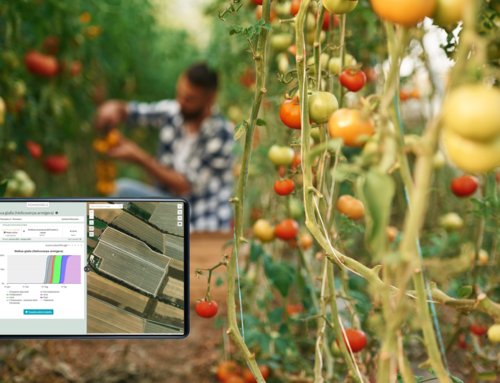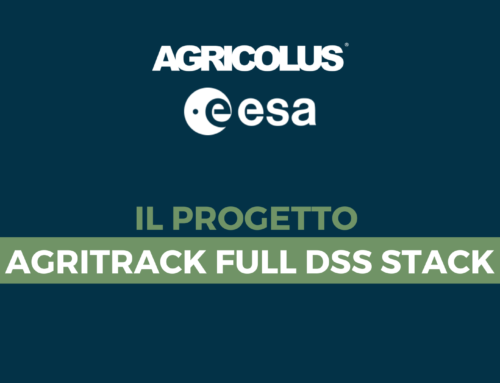The cultivation of the vine, whether for the production of table grapes or for winemaking, began at the end of prehistory with the appearance of civilization. Over millennia mutations have been remarkable, both in terms of variety and cultivation techniques.
Today the challenges to be faced are numerous: climate change makes it difficult to defend and prevent from harmful events such as hail, frost and diseases. As a result, it becomes increasingly complicated to produce good wine, respecting the environment.
The role of technological innovations in viticulture is precisely that of supporting farms in managing the vineyard and increasing the quality and quantity of grapes and wine.
GrapeDSS is a solution powered by Agricolus designed for the specific needs of the vine throughout the agricultural year.
During the end of dormancy
This phase is particularly delicate for the vine as it is marked by the so-called “weeping”, due to the reactivation of sugar metabolism and cellular respiration.

Imagery feature for vineyard in Agricolus platform
It is useful to monitor the vigor of the crop by using satellite images and vegetation indices provided every 2-5 days (Sentinel 2) within the platform. These indices make it possible:
- more precise and targeted interventions
- reduction in the number of observations in the field.
Moreover, in this period, it is very important to organize and schedule the operations to be carried out in the vineyard: “Work” feature allows to register crop operations and manage tasks with collaborators.
During the production phase
This phase influences both the quantity and the quality of the final product. Forecast models allow to act promptly to fight pest and diseases.
GrapeDSS provides simulations on primary and secondary infections of Downy mildew (Plasmopara viticola) based on the survey of meteorological parameters; a phenological model of the Vine moth (Lobesia botrana) able to simulate the development of generations during the season and the progression of the various phases within them; models that provide indications on the risk of fungal diseases such as Powdery mildew (Uncinula necator) and Grey mould (Botrytis cinerea).
All the data collected in the field by technicians are integrated into the forecast models to provide valuable support for decisions to be taken.
Close to the grape harvest
Mapping the sugar level measurements directly in the field and checking the progress of the qualitative parameters of the harvest is necessary to optimize time to harvest and to obtain excellent wines in every vintage.
The ripening curves can be found in the “Quality estimation” feature: it allows to convert the sugar degree between the different units of measurement, as well as calculate a maturation index and estimate the potential alcohol that will be obtained during vinification.
The “Quantity estimation” feature allows to enter information on the number and weight of the bunches and estimate any cluster thinning based on the expected yield.
GrapeDSS is an effective tool for collecting a large amount of data and translating it into essential information in the decision-making process.





